There’s been a few changes on the bull calf seen over the last few weeks.
Cork Marts has taken the lead on some of these, including adding the breed of the dam on the mart board and also weighing calves before entry to the ring.
Both serve to increase transparency for buyers. Previously, the dam breed was just on the card and not on the board and the weight, if the buyer was interested, was estimated.
The change is good news for exporters who want calves a minimum of 50kg weight and not to have any Jersey genetics in them. This information is now easily available to them.
Selling
For those selling calves, it means there’s less demand in the mart for calves less than 50kg and for calves with any Jersey breeding in the dam because they will appear as being either JEX or FRX.
Most calves that fall into the latter category with Jersey breeding are receiving very small bids in the mart.
To be honest, the mart is not the place for these calves and farmers with these calves to sell would be better off selling them privately.
Despite the hype about Jersey-crossbred calves, there are specialist rearers who are quite happy to buy these calves and get on well with them.
Appearance
These buyers aren’t concerned about appearance or meat yield, they are concerned about making a profit and have experience of turning these lighter calves into profitable beef animals.
In the same way that the highest-yielding dairy cows are not the most profitable, the highest meat-yielding bulls are not necessarily the most profitable either. As the saying goes, yield is vanity and profit is sanity.
The best thing to do with them is to ensure that they are at least 50kg weight before going to the mart
For those with Holstein Friesian calves with no Jersey breeding in them but weigh less than 50kg, the best thing to do with them is to ensure that they are at least 50kg weight before going to the mart with them, as this will make sure they are much more saleable.
Obviously, if space and labour are tight, this makes hanging on to calves longer more difficult, but, in this case, it’s probably the right thing to do.
Long-term strategies should be looking at ways to minimise the number of bull calves with a high degree of Jersey breeding in them.
Tools such as sexed semen have a role to play here, especially in herds using Jersey genetics to improve EBI and sustainability.



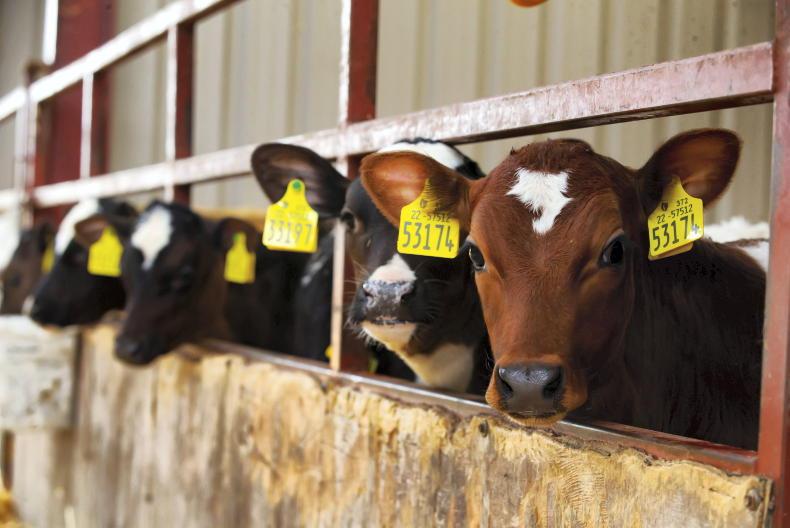

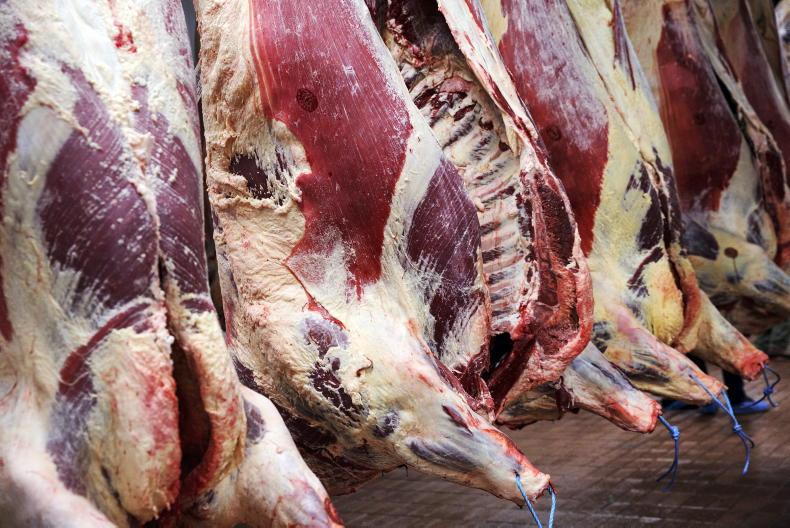

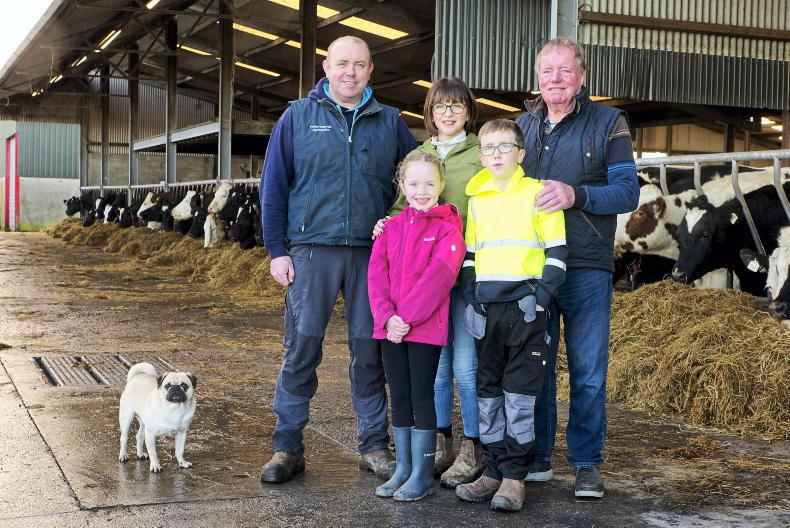
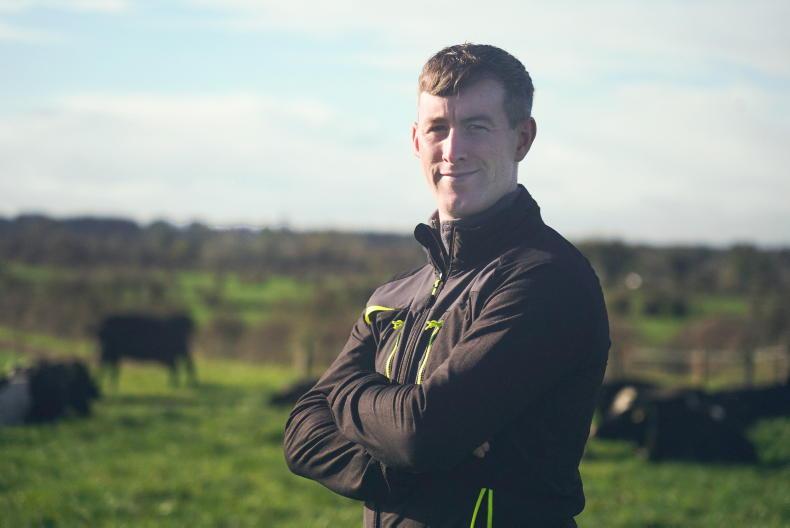
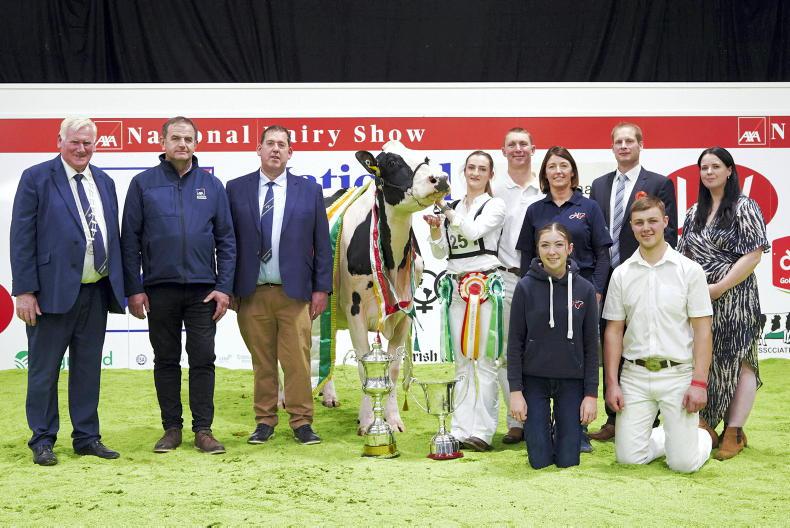
SHARING OPTIONS